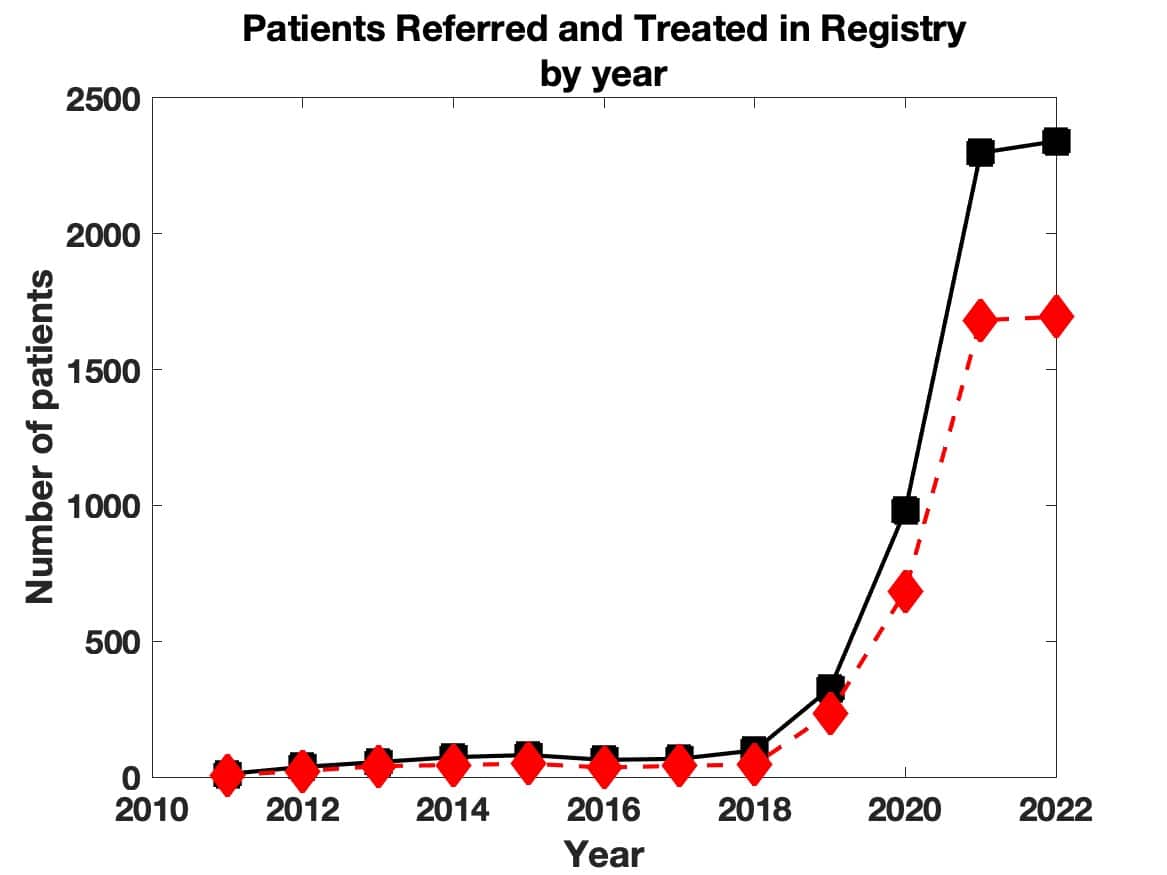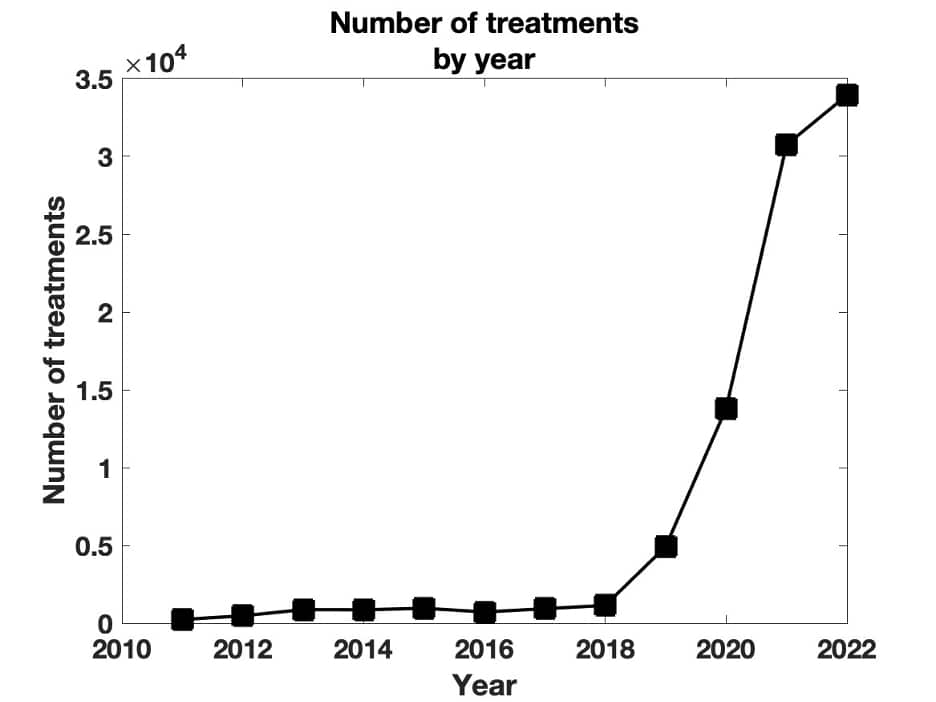
From the 2024 1st Quarter Pressure

Use of Registry data to study HBO2 use, outcomes, and adverse events
- A study by Kinjal Sethuraman, MD (University of Maryland) et a, highlighting the need for increased availability of emergency HBO2 treatment facilities, was submitted for presentation at the annual meeting of the Society for Academic Emergency Medicine (SAEM) scheduled for May of 2024. Dr. Sethuraman examined over 8,000 patient entries in the registry, spanning 13 years, to describe the frequency of urgent indications that might worsen without HBO2 being initiated within 24 hours. 36.5% of the cases were urgent, and the most frequent urgent indications were carbon monoxide poisoning (25.2%) and compromised grafts and flaps (22.4%).
-
This is an important issue, as fewer than 10% of hyperbaric treatment facilities offer 24/7 service, so there may be an unmet need, given the frequency with which these indications appear in the registry. However, a barrier to expanding hyperbaric oxygen access is the limited data to show the benefit of urgently treating these conditions with HBO2. Therefore, it is imperative that efforts in the registry continue to collect and publish patient outcome data so we can show the benefits of these urgent treatments.
- Members of one wound center recently discovered that their rate of ear tube placement in patients undergoing HBO2 seemed higher than others based on registry data. They are using that information to launch a quality improvement project to reduce the number of referrals for myringotomies.
Growth of the registry process:
Members of the registry meet quarterly via Zoom to discuss treatment experience in individual centers and challenges that may be encountered using the registry system. This allows for regular improvements and adaptations of the data collection protocols. For example, a recent update added more anatomical sites under the indication of “ischemia.” Improved standardization of data entry will improve the reliability of information by assuring comparison of patients being treated for similar clinical presentations.
The figures below illustrate the growth of cases entered yearly into the registry and cumulative treatments between 2010 and 2022 (2023 data is still incomplete):

Total number of cases referred and treated across participating centers, by year (not all referrals are treated)

Total number of treatments entered into the registry across participating centers, by year
Thank you to all of the participating treatment centers. The more data collected on patient outcomes, the more we can build on experience to improve patient care and potentially establish additional accepted applications for HBO2.
Information on joining the registry may be found on the UHMS website through the following link:




















